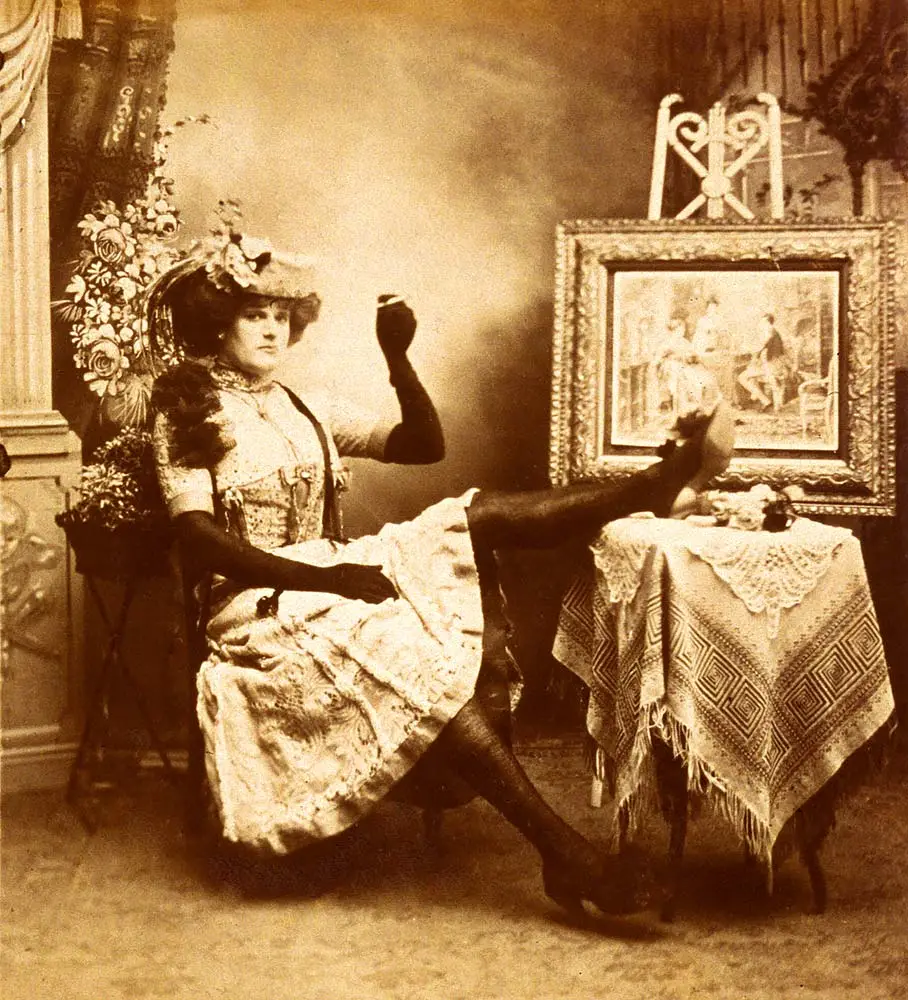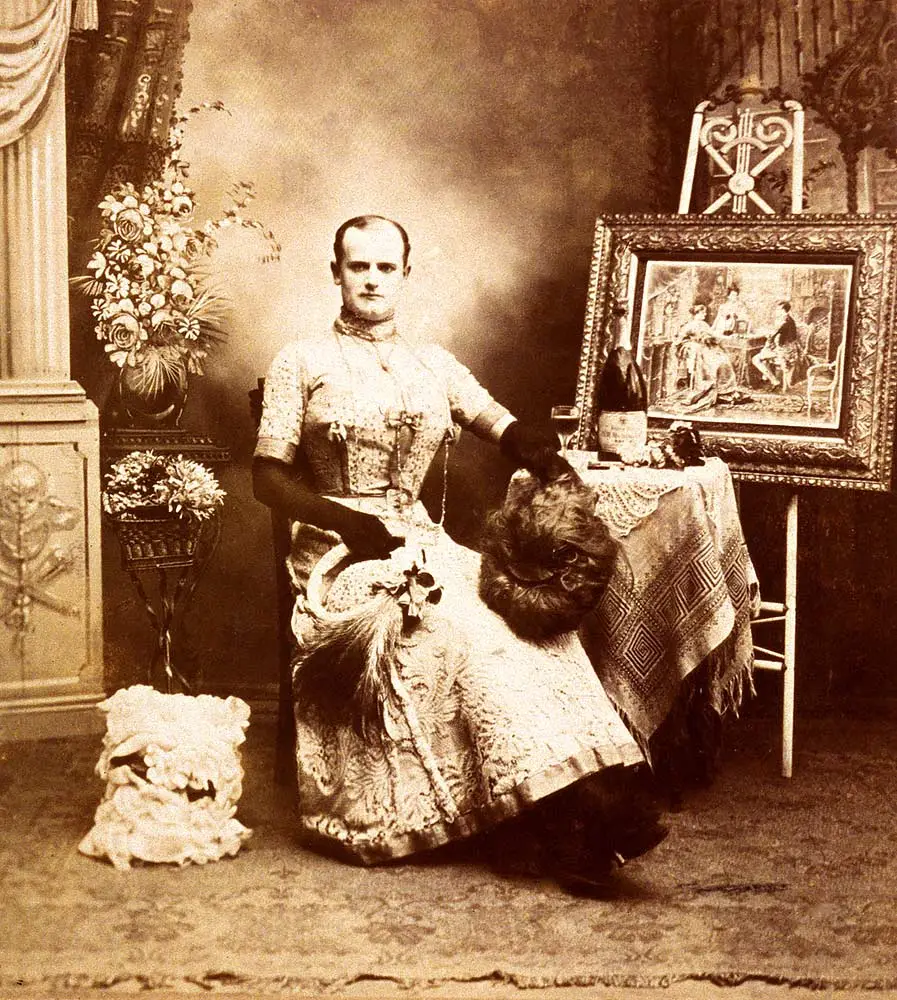What would it have meant to find community in a time when your very existence was criminalized? What did trans people do before we had language like “transgender,” before there were support groups, clinics, or gender-affirming care? To answer these questions, we have to dig deep into the forgotten corners of history—and when we do, we sometimes find something extraordinary.
One of the earliest known examples of an organized trans community in the United States was the Cercle Hermaphroditos, a secretive but deeply significant group that existed in New York City at the turn of the 20th century. Though only fragments of their story remain, those fragments reveal a story of resistance, solidarity, and defiance of gender norms that continues to resonate with trans people today.
The World of 1900s New York
To understand what made the Cercle Hermaphroditos so remarkable, it helps to picture the world they lived in.
In the late 19th and early 20th centuries, the United States was undergoing major changes—industrialization, urbanization, and waves of immigration were reshaping cities like New York. At the same time, strict ideas about gender and morality were being enforced with increasing intensity.
Laws criminalized “cross-dressing,” often under vague terms like “masquerade laws” or “public indecency.” People who wore clothes not associated with their assigned sex at birth could be arrested, fined, jailed, or institutionalized. There were no gender-affirming clinics. There was no legal recognition of gender transition. Medical authorities pathologized any form of gender nonconformity, and newspapers sensationalized anyone who defied gender norms.
Despite this, queer and trans subcultures were taking root in the shadows. The growing anonymity of cities gave some people enough cover to live out alternative identities. Bars, boarding houses, and social clubs offered rare chances to find others like oneself. It was in this underground world that the Cercle Hermaphroditos emerged.
Who Were the Cercle Hermaphroditos?
The Cercle Hermaphroditos was a small, secret society formed in New York City sometime around the late 1890s or early 1900s. The name, drawn from French, roughly translates to “Circle of Hermaphrodites.” Though the term “hermaphrodite” is now outdated and considered offensive in most contexts, it was commonly used at the time to refer to people we might today describe as transgender, gender non-conforming, or intersex.
We know about the group mainly through the writings of Jennie June, also known as Earl Lind or Ralph Werther, one of the few trans people of that era to leave behind a memoir.
In her writings, Jennie June described the Cercle Hermaphroditos as a mutual aid society: a place where people assigned male at birth who lived as women (at least in private) could come together for safety and support. The group rented a room in New York where members could store clothing, gather in private, and connect with one another. It was, in essence, a sanctuary.
Jennie June herself wrote multiple autobiographical works describing her experiences as a “fairie” or “androgyne”, terms used in queer circles at the time to describe effeminate men, people who desired other men, or those who lived in a gender that didn’t align with their assigned sex.
In one of her memoirs, The Autobiography of an Androgyne (published in 1918), she recounts her participation in the Cercle Hermaphroditos, describing it as a group where members would stay together in order to keep their wardrobes in one place, and to dress in the clothing of the opposite sex. It was not just about fashion—it was about survival, joy, and claiming the right to be oneself. For Jennie June and others in the Cercle, cross-dressing was not performance; it was a deeply felt expression of identity.
Honoring Our Trans Ancestors
So much of trans history has been lost, distorted, or erased. For centuries, trans and gender diverse people have lived, loved, struggled, and organized—but often in ways that weren’t recorded or preserved by mainstream society. When we do uncover traces of trans lives from the past, they are often filtered through hostile lenses: newspaper scandals, court records, or medical files that treated our existence as pathology.
That’s why stories like that of the Cercle Hermaphroditos matter. They remind us that trans people have always been here. Not only as individuals, but as communities. Even in a time when the world was stacked against them, they chose solidarity over isolation. They supported one another. They made space to live as their true selves.
That is a legacy worth remembering.
As we continue to fight for trans rights today—access to healthcare, legal recognition, safety, and dignity — we carry forward the work of those who came before. Groups like the Cercle Hermaphroditos show us that trans resilience is not new. It is part of a long, proud tradition.
Let us honor that tradition by telling these stories, reclaiming our history, and building communities where every trans person can thrive.





